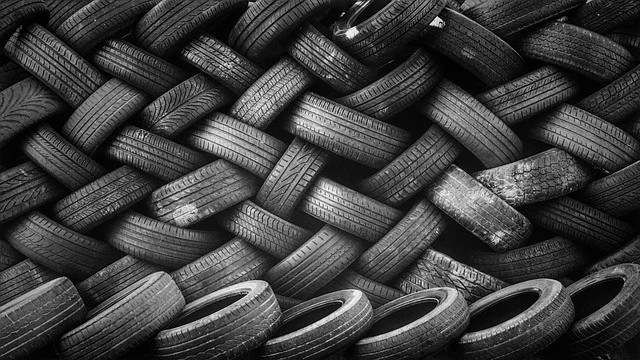One Thing They Don’t Tell You About EVs When The Rubber Meets The Road

The thing that a few of the proponents of EVs don’t often tell you about is about the tyres. They’ll tell you about how EVs produce less in the tailpipe emissions department and about how quiet they are and how much better the range is these days, but if you’re new to the world of electric vehicles, you may be in for a surprise the first time you have to change the tyres.
What they don’t tell you is that EVs need special tyres and fitting the sort of tyre that worked perfectly well for an ICE vehicle of the same size or even the same weight won’t work on an EV. The tyres on an EV have to cope with a number of the characteristics of electrical motors. Specifically, the tyres have to cope with the increased torque, the weight of the battery pack, the need for better energy efficiency and the need to reduce road noise.
Because electric motors behave differently from internal combustion engines, they have much higher torque figures. Torque, as we should remember from our high school physics class, is rotational force (as opposed to linear acceleration), so it bites in where the rubber hits the road – literally. The more torque, the more force is applied. Now, I like a good bit of torque in a motor, but tyres don’t like it as much, and too much can wear them out more quickly. This means that an EV has to have tougher tyres. They also have to have more grip to avoid slipping when accelerating, especially in wet or slippery conditions.
On top of that, the tyre has to handle the increased weight. You might not realise this, given that most EVs tend to be smaller urban vehicles (although this is changing). However, EVs weight more because of the battery pack. In fact, the battery pack can make up to quarter of the weight of an EV – and yes, this outweighs the bits that aren’t in an EV, such as the radiator, the fuel tank, the exhaust system and so forth. The battery pack also needs to be protected against mechanical damage (such damage is very bad news for the battery and is the leading cause of electrical car fires). This extra weight applies to hybrids as well as to purely electric vehicles (battery electric vehicles or BEVs). This means that the sidewalls on the tyres for EVs need to be stronger and heavier to carry the weight.
These two factors alone would be enough to indicate that putting regular tyres on an EV or hybrid vehicle is a bad idea, as the tyres would wear out more quickly – a lot more quickly! In fact, some have argued that if you are concerned about the environment, you should bear in mind that although EVs produce less from the tailpipe, they create more particulate matter from tyre wear. This is why several of the big-name tyre manufacturers have created special tyres for EVs.
If you’ve ever looked at the tyres made specifically for EVs, you may notice that they are taller and thinner. This is to decrease the rolling resistance. Going back to high school physics once more, something that’s heavier has more inertia and thus requires more force to get moving (think about how easy it is to kick a soccer ball rather than a medicine ball). Naturally, a tyre that’s stronger and more resistant to wear will be heavier, which would mean more inertia and thus rolling resistance. Making the tyre narrower will reduce the drag and thus the rolling resistance. This is important, because if you have waited half an hour to charge up your EV from a public charging station, you want that charge to last as long as possible before you have to do it again, so reducing the drag and the rolling resistance will be more energy efficient.
Lastly, there’s the noise issue. In an ICE vehicle, the rumble of the engine drowns out the road noise. In an EV, there is no rumble, so road noise is the only thing you can hear. Road noise isn’t quite as soothing as engine noise (most of the time), and that’s the only thing that you can hear in an EV, especially if you’ve switched off the sound system to save power and extend the battery range.
You can put tyres designed for other cars on EVs and hybrids, but three things need to be borne in mind. Firstly, you have to be sure to get something that can handle the extra weight. Secondly, a regular tyre will reduce the range of the battery. Thirdly, the tyre will wear out a lot more quickly, meaning that you won’t actually save anything by putting regular bog-standard tyres on an EV.
It’s best to put the proper tyres on an EV, as you will get better range and longer tyre life out of them. Admittedly, these tyres are more expensive (like performance tyres on a splashy sports car). They will also wear out more quickly, but not quite as quickly. This is something that tyre manufacturers such as Michelin are working on but you will have to factor in if when deciding if an EV is right for you and your budget. Despite being built tougher, these tyres still need to be maintained correctly – checking the pressure and rotating them regularly.
As with all things, the issue of battery weight and tyre wear are things that researchers are looking into and trying to improve, so we can look for things to get better (and hopefully cheaper) as time passes.